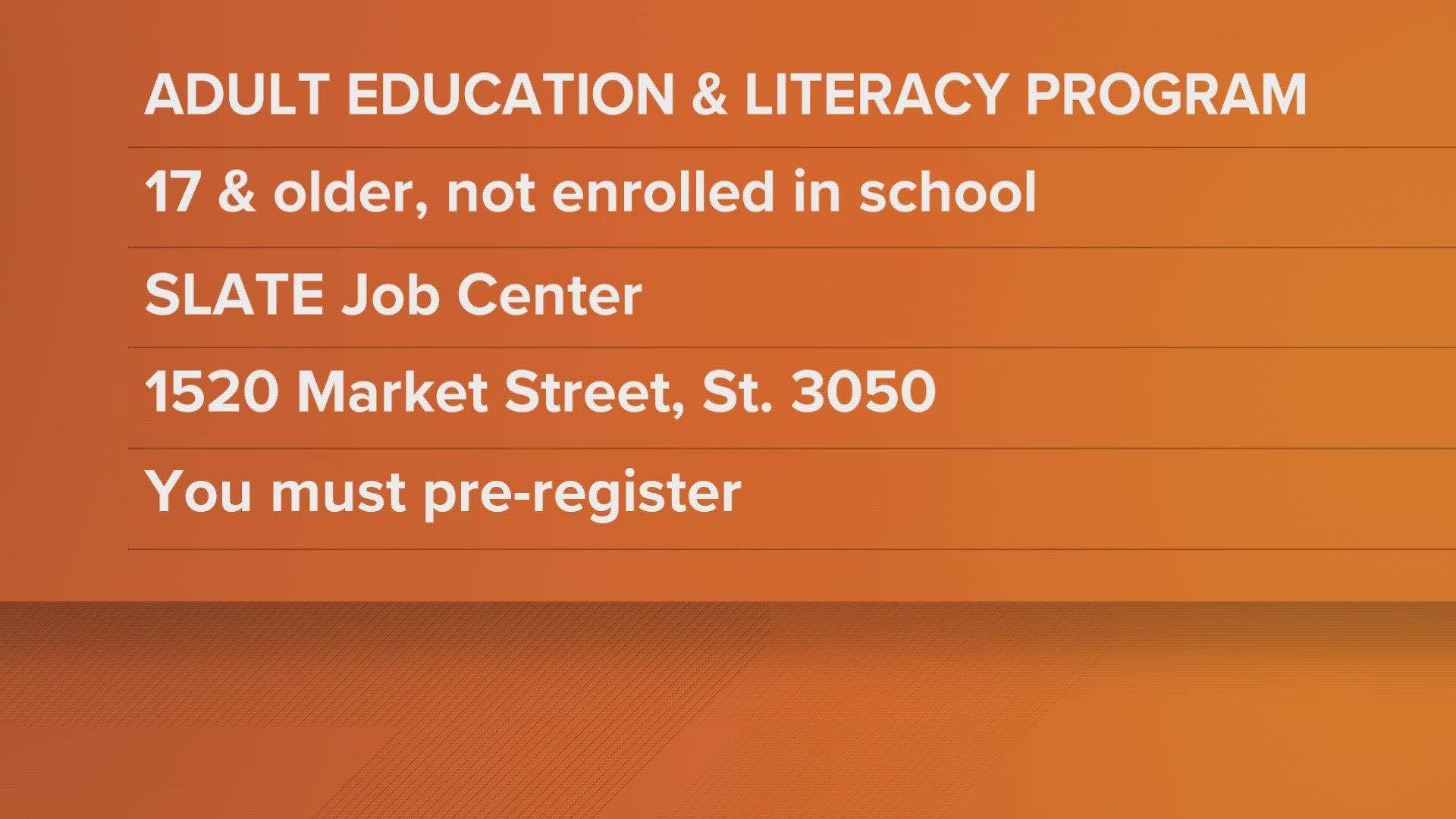Tax Season Arrives In January
Are you ready for tax season? Ready or not, tax season, defined as the first day that the IRS accepts tax forms to the tax filing deadline, will be here soon.
For the 2018 filing season (covering the 2017 tax year), tax season begins on Monday, January 19 and ends on Tuesday, April 17. The traditional April 15th date is pushed back two days in 2018, because April 15 falls on a Sunday in 2018 and the following Monday is the Emancipation Day holiday in Washington, DC.
Some Changes, But Not the Ones You Heard About
The 2018 tax season may be more confusing than most – a strong statement where taxes are involved – because of the recent passage of the GOP tax bill. While the Tax Cut and Jobs Act represents the most sweeping tax changes in many years, most of the provisions take effect for tax year 2018 that you will file during the 2019 tax season.
Why wouldn't the government put the changes into effect immediately? For starters, the government can't do much of anything immediately – and, more importantly, you've already paid your 2017 taxes throughout the year under the old rules through withholding or self-employment taxes.
The Current Brackets and Adjustments
For the 2017 tax year, the tax brackets remain the same as in 2016, but the threshold values for each bracket change due to inflation. The lowest bracket (10%) applies to incomes up to $9,325 for individual taxpayers and $18,650 for married couples filing jointly.
Income thresholds for other individual brackets are $37,950 for the 15% bracket, $91,900 for 25%, $191,650 for 28%, $416,700 for 33%, and $418,400 for 35%. For married couples filing jointly, the other thresholds are $75,900 for 15%, $153,100 for 25%, $233,350 for 28%, $416,700 for 33%, and $470,700 for 35%. Individuals with taxable income above $418,400 or couples with taxable income above $470,700 are taxed at the top rate of 39.6%.
For tax year 2018, seven brackets remain but the percentages are 10%, 12%, 22%, 24%, 32%, 35%, and 37%. Threshold vales will also change. The results should give most – but not all – Americans some tax relief until these changes expire at the end of 2025. See the 2018 tax brackets online for details.
The 2017 tax year standard deductions are $6,350 for individuals and $12,700 for couples filing jointly. Personal exemptions for 2017 are $4,050 for each taxpayer, spouse, and dependent. The phaseout on personal exemptions begins at $261,500 for individuals, with an upper threshold of $384,000 where the exemption disappears entirely. For married filing jointly, the phaseout begins at $313,800 and ends at $436,300.
For 2018 taxes (the 2019 filing season), both will change dramatically. The standard exemption almost doubles ($12,000 for singles and $24,000 for couples) and the personal exemption disappears entirely. These changes also expire at the end of 2025.
For 2017, the Alternative Minimum Tax (AMT) exemption amounts are $54,300 for individuals and $84,500 for married couples filing jointly. The exemption phases out at $120,700 for individuals and $160,900 for couples. In 2018, the exemption amounts rise to $70,300 for singles and $109,400 for joint filers, while the phaseout limits jump to $500,000 and $1 million respectively.
File Early and Electronically
The IRS will accept both electronic and paper returns on January 29, but according to IRS Bulletin IR-2018-1, "paper returns will begin processing later in mid-February as system updates continue." To receive refunds earlier, the IRS suggests using electronic filing methods. The agency expects over 80% of tax returns to be filed electronically and has prepared accordingly.
Once tax season begins, IRS Free File will be available to help you prepare your electronic file for free if you meet certain criteria. The IRS estimates that 70% of taxpayers are eligible to take advantage of the Free File system. Online fillable forms are also available at the IRS website for those who are comfortable doing their own taxes electronically.
By filing early, you will not only get your refund faster, you will also beat potential identity thieves to the punch. Should an identity thief file a false claim in your name before you do, you won't realize it until your form is rejected.
However, not all early filers will receive early refunds. By law, filers who claim the Earned Income Tax Credit (EITC) or the Additional Child Tax Credit (ACTC) cannot be made available until Feb 27, 2018. This was recently instituted as a fraud prevention measure.
The best way to check the status of your refund is to use the straightforwardly named "Where's My Refund" site or the IRS2Go app for mobile users. The site is updated daily. To get information on your return, you must wait for at least 24 hours after an electronic filing or four weeks after mailing a paper return.
The Takeaway
Tax season may not be nearly as much fun as football or baseball season, but it's important that you pay attention to it. We recommend filing an electronic return as soon as you have all the necessary information to minimize the chance of fraud, receive your refund earlier, and avoid the stomach-churning anxiety of filing at the last minute.
Meanwhile, why not use the season to make things easier for next tax year? Take the time to review the 2018 changes, and make sure that your organizational system is in place to keep records straight throughout the year.
You may also want to stay tuned to any late-breaking developments in Congress. Don't be surprised if the tax bill is tweaked in 2018.
This article was provided by our partners at moneytips.com.
To Read More From MoneyTips:
Photo ©iStockphoto.com/LIgorko


